30-30 Winchester – Effective & Nostalgic
Over the last couple weeks we have been trying to identify a consistent 30-30 Winchester load using a 140 grain Lehigh Bullet. 30-30 is not a high-performance caliber by today’s standards, but remains a very popular deer cartridge for those that place a premium on romanticism at the detriment of pure performance figures. Given the size of the average White Tail, this is an admiral choice, and adds yet another dimension of enjoyment to big game hunting. Those of you that follow our Instagram page (steinel_ammo) may know we often use the #noboringammo. In the 21st century, carrying 30-30 is no exception. Introduced at the turn of the 20th century, this nostalgic yet effective hunting cartridge will be offered by Steinel Ammunition just in time for the 2019 hunting season.
Lehigh 140 grain Controlled Chaos
There is an abundance of gel and meat testing online using this bullet technology. According to Lehigh’s site:
“The development of this technology was the result of an animal control agency’s request for a no lead .243 bullet that would provide extensive wound trauma with little minimal pass through energy. Basically the idea was to burst the bullet into numerous particles at a predetermined depth creating many wounds and a large temporary cavity with shot placement at or near the central nervous system. The agency had tried copper matrix frangible rounds and found the penetration depth and particle size were less than what was required for proper terminal performance.
The bullet is designed to penetrate to a specific depth and to fracture as the internal hydraulic pressure exceeds the hoop strength of the nose design. At the time of fracture, a massive energy spike is released as the particles break away and radiate outward from the initial trajectory path.”
The meat testing performed by YouTuber Wolf’s Prairie Outdoors suggests that these are a great technology to pair with the 30-30 Winchester, which may not necessarily have enough energy on tap to perform with a mediocre or budget hunting bullet.
Two Hodgdon Ball Powders
We do not publish load data but we can give you a bit of insight into our load development process by sharing the velocities and components used to identify our chosen load. The first powder we chose to explore for our 140gr Solid Copper 30-30 load could be considered slow for the application. It was listed within the load data published by Lehigh, and a compressed load was approached relatively quickly using Remington once-fired brass that was donated from a friend. This powder is used in several of our larger rifle loads and we were very much hoping that this powder would yield a great load. Unfortunately velocity with the 140gr bullet was < 2,200 at a partially compressed load with unacceptably high SDs (23 to 27 fps) at those velocities. These velocities are found on the chart below and are denoted A – D. On to the next powder.

30-30 Load Development
The next powder could be considered slightly fast for the application, but not so fast that Lehigh excluded it from their published load data. One word of caution: we found the published velocities for this bullet to be significantly higher than what we experienced- for both powders tested. The published data shows a barrel length of 20″- identical to our test gun. Adhere to standard loading safety precautions (namely slowly work up) and don’t blindly chase published velocities.
Note loads E, F, G were separated by .6 grains. We find this to be a good increment for finding a good load. It’s a not so large of a jump that you skip over relevant trends yet it is large enough that you can split the difference when zeroing in on the final load. Loads E through G were separated by .3 grains (excluding F and F2 that were identical except for the brand of brass) and you can see that this powder began to show relatively tight velocities (less than 15 fps) at H2. This acceptable SD extended at charge weights between .6 grains and .8 grains higher than H2.
Another aspect that we look at is the “group SD” or the combined SD of a particular load and the next closest load. This gives us an indication of whether on press variations will cause a load to become less consistent. There are instances where load development suggests that a given charge will yield the most accurate load from an SD point of view- yet the final spec was chosen based on a different charge. Put another way: we do not weigh every charge and we assume that our product will see an extreme spread on charge weights of .2 grains (often +/.1 gr) . The best tested load (highlighted in dark green), also happens to show that a spec of XX.Xgr -.2gr will yield consistent results for a 30-30 hunting load.
We also tested load I2 with magnum primers, as well as charge weights .4 and .8 grains lower than I2. Those SDs were 13.4 and 11.9 fps, respectively and the group SD between the two was 16.0. Based on a higher velocity, lower individual and group SD, we opted to select I2 -.2gr
Next Steps
The above represents the use of Remington and Winchester brass. Our final load will use Starline brass so we will need to develop once again. Now that we have a load with Winchester brass, this will be a very efficient process. We will take load I2, I2 +.2, +.4, +.6 & I2 -.2, -.4, -.6 to identify the best load with Starline.
We will also shoot groups at 100 yards to test for accuracy. SD is meaningless if the bullet does not print consistently!
We will also shoot with a 26″ barrel and publish velocities.



















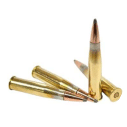



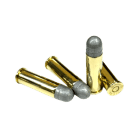
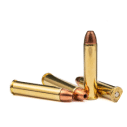
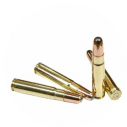







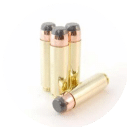





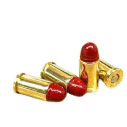





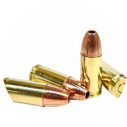


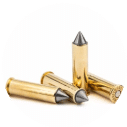





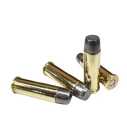




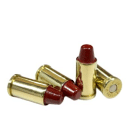
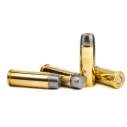

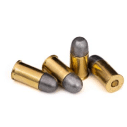

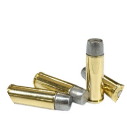







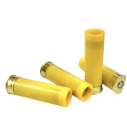










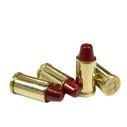
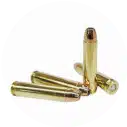
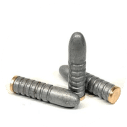












Hello – I sure do wish that you made this ( or anything!) in .35 Remington. VERY hard to find and the options are limited for this great, old cartridge.
Thanks! E. Findley